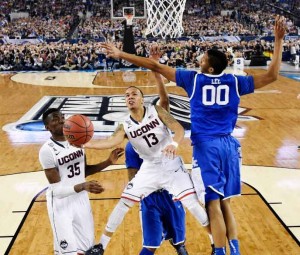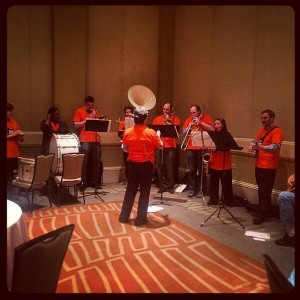I have been pained to follow some of the worst things that are happening around the world – the conflict in Gaza, Ukraine, Ebola virus and continued issues in Iraq. I have been amazed how information gets passed around instantaneously now. However, this also has the downside that those who report about these events have not had time to fully understand all issues and report objectively. To make things worse, others react to these information instantaneously, without even thinking about it. Some were complaining in social media about why it is a bad idea to bring two american citizens affected by the Ebola Virus, especially Donald Trump!
Information distribution and consumption have always been problematic because of the subjective nature of the very subject. Whereas those who create “information” for the consumption by the others try very hard to be objective and factual, preconceived notions and biases almost always find their ways in. Whether it is news reporters, editors or scholars, this is true though we have had checks and balances in place to reduce the subjectivity and biases. In many cases, personal opinions are clearly identified. However, when an entire news organization has a certain bias right from the top of the organization, as perceived by those who consume the information, regardless of how the information is distributed, the consumers assume a certain bias.
All of these have gotten worse with the advances in technologies. The world wide web and more recently the social media have become an outlet for instantaneous information and this has added tremendous complexities to the information, primarily, trust. Prof Metaxas from the Computer Science department at Wellesley studies the (mis) information propagation in Twitter, which provides an excellent introduction to this topic. (more…)





